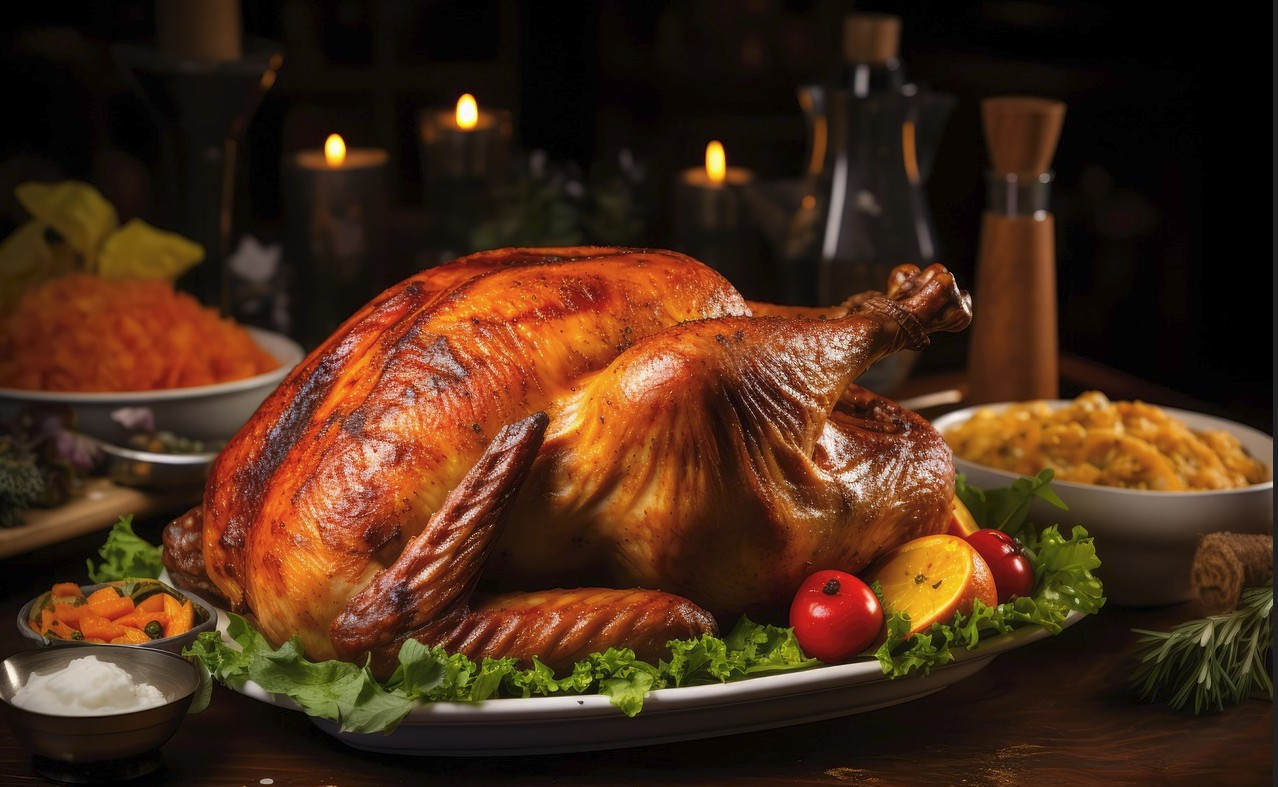A 30-day no-spend challenge is more than just saving money. It’s a way to reset how you handle spending and your daily habits. Most people start by choosing a set time to cut all extra purchases and focus only on what they truly need. Soon, you notice patterns—like morning coffee stops or random online buys—that quietly eat up your cash. As the days go by, you figure out what you really miss and what fades away from your routine. The biggest win isn’t always the money saved, though that can be a nice surprise. It’s the change in mindset. People say they feel lighter, more in control, and often come up with creative ways to meet their needs without spending. After a month, new habits stick. You might catch yourself asking, “Do I really need this?” weeks after the challenge ends. If you feel like your paycheck disappears too fast, trying this challenge can help you break that cycle and gain more confidence with money. See what changes for you.
Why Try the 30-Day No-Spend Challenge?
Most people spend out of habit, not hunger. We buy coffee on autopilot, grab takeout when we’re tired, or scroll through deals simply because we’re bored. The challenge shines a spotlight on those patterns.
Here’s what makes it worth trying:
- Save real money fast. A week without coffee runs or impulse buys can add up. After 30 days, you might see an extra $100, $200, or more in your account.
- Break the cycle. When you stop spending for a while, you notice how often you do it without thinking. That awareness can stop the cycle long after the challenge ends.
- Feel in control. Setting rules and sticking to them is satisfying. People who finish the challenge often say they feel less anxious about their finances.
- Get creative. From cooking at home to finding free events, you’ll discover new ways to have fun (and sometimes new skills).
- Reset your priorities. You focus on what you need, not just what you want. Over time, what counts as “essential” gets clearer.
Plenty of people finish the month with extra cash and a sense of pride. Some even pay down debt or jump-start an emergency fund. The biggest benefit? Learning that happiness doesn’t always come with a price tag.
Tips and Free activities for Kids:
75 Amazing Summer Fun Family Activities – The Frugal Ones
Free Things to Do with Kids at Home – The Frugal Ones
How To Prepare and Start the Challenge
Starting strong really matters here. Preparation is your best friend, even if you’re tempted to dive right in.
Setting Your No-Spend Goals and Ground Rules
First, decide what “no-spend” means for you. For most, it covers unnecessary spending—think takeout, streaming, clothes, gadgets and snacks.
Make a list of what’s allowed:
- Groceries (not junk or extras)
- Bills (rent, electricity, phone)
- Gas or transit
- Medication
Set your own boundaries. Are business lunches or gifts okay? What about emergencies? Write your exceptions down somewhere you’ll see them (the fridge works great). Be honest about why you’re making them.
Consider these tips:
- If you have kids, talk it through as a family.
- Don’t include things you genuinely can’t avoid.
- Leave room for one small “slip,” but only for honest surprises.
Planning for Success: Identify Triggers and Alternatives
Everyone has weak spots. Some people shop when bored, others treat themselves when stressed. Knowing your triggers helps you dodge missteps. Do a quick assessment:
When are you most likely to spend? Is there a time of day or situation that tempts you?
Combat triggers with alternatives:
- Craving takeout? Batch-cook meals on Sunday.
- Bored? Make a list of free or cheap activities nearby—think hiking, museum days, game nights, or library visits.
- Shopping for fun? Try a 10-minute walk, check your progress, or call a friend instead.
Stack your calendar early with activities and prep meals so you’re not caught off-guard.
Tracking Your Progress and Staying Accountable
It’s easy to lose steam without a way to track how far you’ve come.
Use whatever method fits you best:
- Apps: Try YNAB, Mint or EveryDollar to log daily expenses.
- Printable trackers: A simple calendar where you cross off successful days can be surprisingly motivating.
- Journals or notebooks: Write a couple lines each night about what you didn’t buy and how you felt about it.
Accountability is key. Tell a friend about your challenge. Share updates on social media. Some people even join Facebook groups or start a group text. Even if no one else joins, just knowing others are watching can keep you honest.
Maximizing Your Results and Overcoming Challenges
A 30-day challenge can feel long—especially when you hit week three and temptation strikes. Most people stumble for the same reasons, but with a few tactics, you can push through.
Dealing With Setbacks and Social Pressure
Life happens. Sometimes you get invited out, or an expense pops up you didn’t expect. The trick isn’t to aim for 100 percent perfection, but to handle bumps with honesty.
- If a friend invites you to dinner, suggest something free or cook together at home. You’re not being cheap—you have a goal.
- If you buy something on impulse, don’t give up. Look at why it happened and how you’ll adjust.
- Keep a “temptation jar.” If you almost buy something but resist, toss a few dollars into savings as a reward.
Remember, most folks understand what you’re doing, and many will be curious or even inspired to join.
Reflecting on Your Spending Habits Post-Challenge
When the month is done, pause before diving back into old habits.
Ask yourself:
- Which purchases did I really miss?
- Where did most of my temptation come from?
- How much did I save?
Use this insight to reshape your spending for the long run. Maybe you switch to weekly no-spend days, or set strict “want vs. need” checklists before buying. Share your results with friends—you might spark someone else’s fresh start.
Some people even decide to do a no-spend challenge a few times a year, whenever spending starts creeping back in.
30-Day No-Spend Challenge is About Regaining Control
A 30-day no-spend challenge is more than just saving money. It’s a way to reset how you handle spending and your daily habits. Most people start by choosing a set time to cut all extra purchases and focus only on what they truly need. Soon, you notice patterns—like morning coffee stops or random online buys—that quietly eat up your cash. As the days go by, you figure out what you really miss and what fades away from your routine. The biggest win isn’t always the money saved, though that can be a nice surprise. It’s the change in mindset. People say they feel lighter, more in control, and often come up with creative ways to meet their needs without spending. After a month, new habits stick. You might catch yourself asking, “Do I really need this?” weeks after the challenge ends. If you feel like your paycheck disappears too fast, trying this challenge can help you break that cycle and gain more confidence with money. See what changes for you.











